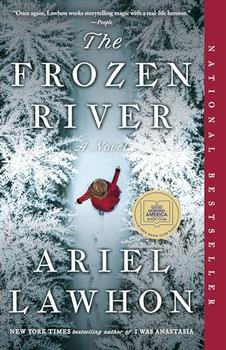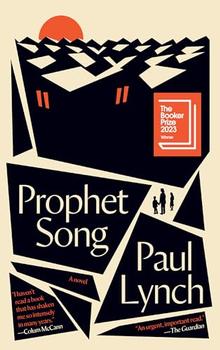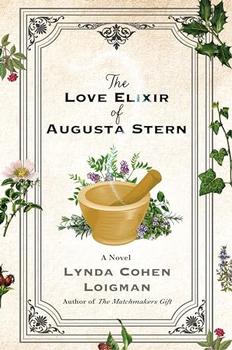Book Club Discussion Questions
In a book club? Subscribe to our Book Club Newsletter!
Please be aware that this discussion guide will contain spoilers!
Introduction
The first time Amy Tan - The New York Times best-selling author of
The Joy Luck Club, The Kitchen God's Wife, and
The Hundred Secret Senses - learned her mother's real name as well as that of her grandmother was on the day she died. It happened as Tan and several siblings - unified by a need to feel helpful instead of helpless - gathered to discuss their dying mother's past and prepare her obituary. Tan was stunned when she realized she had not known her own mother's birth name. It was just one of several surprises. In the act of writing a simple obituary Tan came to realize there was still so much she did not know about her. Soon afterwards she began rewriting the novel she had been working on for five years. Inspired by her own experiences with family secrets kept by one generation from the next, and drawn from a lifetime of questions and images, the result is
The Bonesetter's Daughter.
The story begins when Ruth Young, a ghostwriter of self-help books, comes across a clipped stack of papers in the bottom of a desk drawer. Young has been caring for her ailing mother, LuLing, who is beginning to show the unmistakable signs of Alzheimer's disease. Written in Chinese by LuLing years earlier, when she first started worrying something was wrong with her memory, the papers contain a narrative of LuLing's life as a girl in China, and the life of her own mother, the daughter of the Famous Bonesetter from the village of Xian Xin - Immortal Heart - near the Mouth of the Mountain. Within the calligraphed pages Ruth finds the truth about a mother's heart, what she cannot tell her daughter yet hopes her daughter will never forget.
With her latest novel Amy Tan explores the changing place one has in a family of names that were nearly forgotten. Just as she herself has done, Tan shows Ruth finding the secrets and fragments of her mother's past - its heartfelt desires, its deepest wounds, its most profound hopes - and with each new discovery reconfiguring her assessment of the woman who shaped her life, who is in her bones.
The extent to which Tan's newest novel mixes pure fiction with elements of autobiography is made clear by Tan herself. In acknowledgements of
The Bonesetter's Daughter she writes, "The heart of this story belongs to my grandmother, its voice to my mother."
Discussion Questions - Memory plays an important role in The Bonesetter's Daughter. How is Ruth’s life affected by her childhood memories? How do LuLing’s memories affect her behavior around Ruth?
- How does LuLing attempt to convey the difficulties of her formative years to Ruth? Does she succeed? Why/why not? In the constant sparring between Ruth and LuLing, who do you think is at fault?
- Much of The Bonesetter's Daughter revolves around superstition. How does this aspect of Chinese culture affect LuLing’s actions? Is Ruth superstitious? Does she realize that she is manipulating her mother as a child?
- Why does Ruth try so hard to distance herself from her Chinese heritage?
- Why does Ruth lose her voice once a year on August 12th? In what way does Ruth "regain" her voice by the end of the novel?
- How does Ruth use her professional talents to her advantage? In what way does her job stifle her ability to communicate? Are there any inherent advantages of Ruth’s uncanny ability to "spin gold out of dross"?
- How is LuLing affected by the family curse? How does she react when she learns of her mother’s true identity? In your opinion, was it wrong for Precious Auntie to keep this secret from her daughter? Why does Precious Auntie keep this information from LuLing for so long?
- What is the significance of Ruth’s learning the family name at the end of The Bonesetter's Daughter? What does Ruth learn about her name that helps change her opinion of her mother?
- How does LuLing rebel against Precious Auntie? Is Ruth similar to LuLing in this respect? What are the consequences of Ruth’s insolence in her teenage years? Whose rebellion causes more lasting results?
- What does Ruth learn about her mother and about her own cultural heritage that helps to mend her strained relationship with Art, as well as with Fia and Dory?
For more information about other Penguin Readers Guides, please call the Penguin Marketing Department at (800) 778-6425, email at reading@penguinputnam.com or write to us at: Penguin Books, Marketing Department, Readers' Guides, 375 Hudson Street, New York, NY 10014-3657.
Unless otherwise stated, this discussion guide is reprinted with the permission of Ballantine Books.
Any page references refer to a USA edition of the book, usually the trade paperback version, and may vary in other editions.




